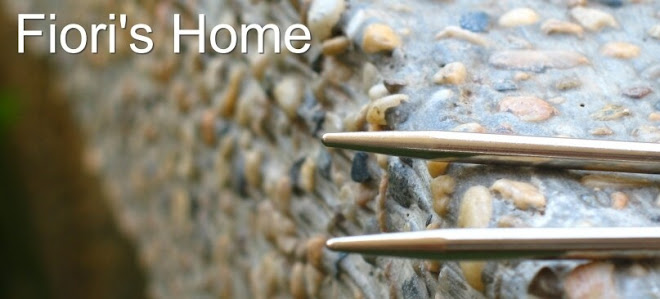Swedish Embroidery

 The origins of this unique Scandinavian embroidery style are clouded by the rarity of surviving artifacts and documentation by the ancient Vikings who fashioned the earliest forms of the needlework we know today as Swedish embroidery.
The origins of this unique Scandinavian embroidery style are clouded by the rarity of surviving artifacts and documentation by the ancient Vikings who fashioned the earliest forms of the needlework we know today as Swedish embroidery.
Also called "Swedish weave" or "huck embroidery" (dubbed so from huckaback fabric), Swedish embroidery uses thread or yarn woven through the raised threads, referred to as floats, in the weave of fabric. Repeatable geometric patterns are used the most often in these designs.
The vertical and horizontal threads of crochet stitches lend themselves to be used as the floats on the finished fabric. For example, in our Swedish Embroidery Baby Blanket pattern included in this issue, designer Diane Poellot's combination of two basic stitches created the floats necessary to execute Swedish embroidery on the surface of the crocheted afghan.
Most Swedish embroidery designs are worked in rows, starting at the bottom of the piece and working up. The first row is usually started at the center and worked out toward the edges. This makes it easy to keep the overall design symmetrical. With the first row as a guide, the remaining rows can be worked from edge to edge.
The stitching is worked in a right-to-left direction. The basic stitch movements used are straight (passing the yarn under floats that will keep it in a straight or diagonal direction), offset (going under floats that create a stairway or zigzag directions), open loops (going under floats to create loops with an open bottom) and closed loops (going under floats that close the bottom of a loop).
For a neat finish, always keep the twist of the yarn intact. It tends to unwind as you work, so remember to periodically release the tapestry needle and allow the original twist to return.
The fun and relaxing simplicity of Swedish embroidery has made it a popular needlecraft for centuries. It has experienced renewed interest in recent times by being integrated with other needle arts such as crochet. It's an interesting technique that adds eye-catching detail to virtually any type of needlecraft.
+resize1.jpg)
+resize.jpg)

0 comments:
Post a Comment